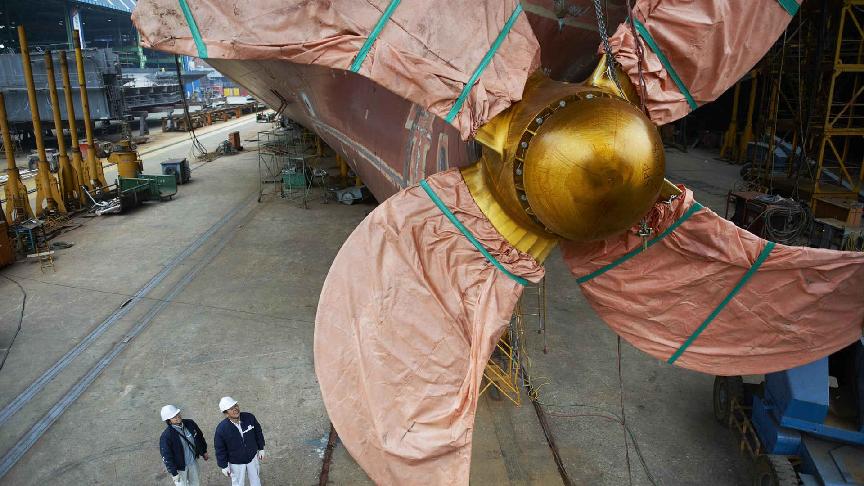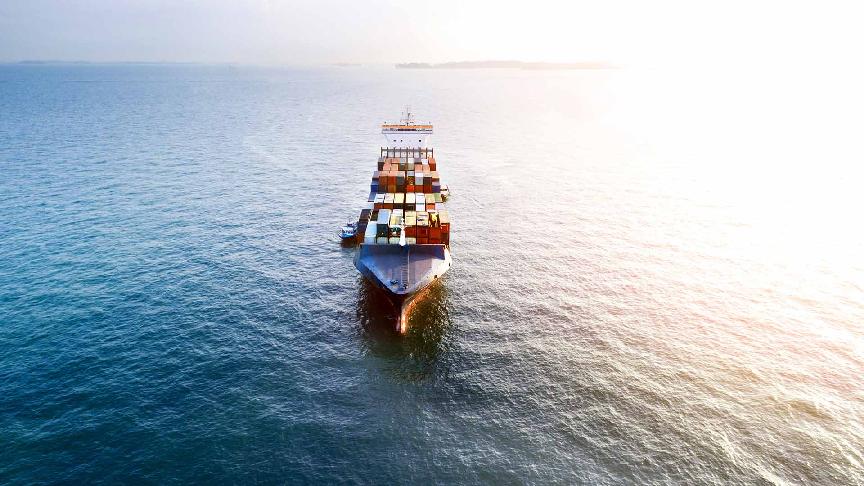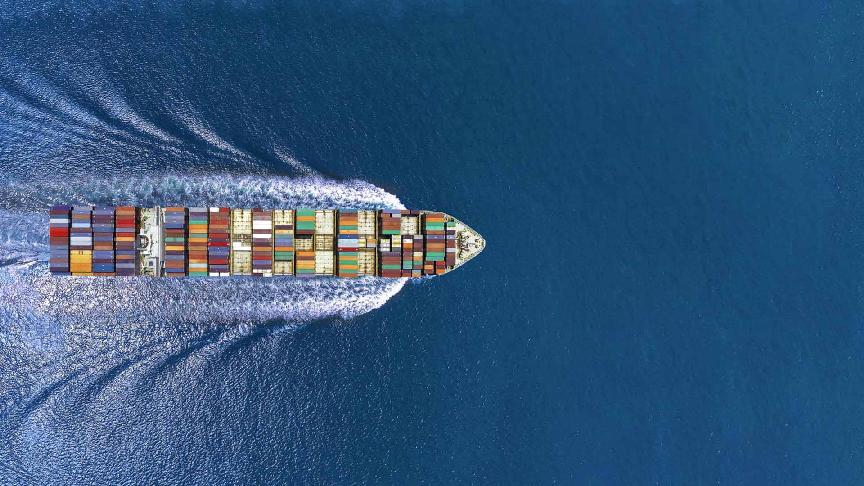6 October 2023 (Lloyd's List) - WHILE the containership sector has been facing a record level of new capacity from newbuildings since the second quarter of this year, which will continue at least through to early 2026, remarkably few containerships are being sent for recycling.
Analysis of Lloyd’s List Intelligence data confirms that the boxship fleet of 25 years of age or older (with capacities in excess of 500 teu) numbers 409 ships with a combined container capacity of 751,500 teu.
This represents 7.1% by ship numbers and around 3.5% by box capacity of the existing fleet in service.
While recycling has started to build up in recent weeks, only around 50 containerships aggregating 110,000 teu have been sold for recycling since January.
Among more than 100 shipowners that still operate boxships of 25 years of age or more, Mediterranean Shipping Co holds the largest number by far. It operates 95 boxships in this age category.
Remarkably, the world’s largest containership operator’s oldest vessels have now reached 41 years of age. The 1,438 teu sister vessels MSC Eyra (IMO: 8201648), MSC Eyra (IMO: 8201648) and MSC Malin (IMO: 8201636) were all constructed in the former German Democratic Republic in 1982 for Russia’s Baltic Shipping Co, at one time one of the Soviet Union’s largest shipowners.
These doyens of the seas joined MSC’s fleet 20 years ago via a Greek shipowner which had purchased the vessels from BSC for operation in the charter market in the mid-1990s.
As with many merchant vessels built for the Soviet Union, they were built with potential military support operations in mind. As such their ice-strengthened hulls were built to standards far above existing regulations, perhaps explaining in part their remarkable longevity.
While MSC has the greatest number of vintage vessels in its fleet, the record for the oldest containership still in service is held by US-flag, Jones Act, operator Pasha Hawaii.
The California-headquartered company owns three boxships all of which were built 43 years ago. The steam-turbine powered, 1980-built, 2,325 teu Horizon Enterprise (IMO: 7617905) and the 2,437 teu Horizon Spirit (IMO: 7729459) are presently deployed in US west coast to Hawaii service.
Pasha’s third veteran vessel, the 2,437 teu Horizon Reliance (IMO: 7729461) is undergoing conversion of its steam propulsion system to dual-fuel liquefied natural gas propulsion at a Chinese shipyard.
While plans to convert its sister vessel Horizon Spirit appear to have been shelved, the conversion of Horizon Reliance, now renamed George II, appears to make sense given the huge cost of building a new Jones Act-compliant containership in the US, at up to four times higher than a Chinese or South Korean-built newbuilding.
Of the old containership fleet, 115 ships were due to have their 25-year, fifth, special survey, this year while 21 vessels, which have reached 30 years of age, were due their sixth special surveys. Accurate data regarding which of these vessels will be put through such surveys, and thus will remain in service for potentially a further five years is not currently available.
While special survey requirements, and at the same time class renewals — both of which require dry docking, can be expensive for shipowners, some will still deem it worthwhile to invest in bringing elderly tonnage up to required standards, instead of consigning them for scrap.
MSC in particular is skilled at getting longevity out of its ships and is understood to undertake more planned and preventative maintenance aboard vessels than its competitors, while employing larger crews than is standard. The company also undertakes its shipmanagement in-house, rather than than using third-party management companies to provide better control of maintenance.
Most of the older containership fleet which remains in service was built in Germany, Japan and Poland to arguably a higher specification and quality than more modern units built in, what were then, inexperienced Chinese shipyards in the 2000s.
Furthermore, many of them were built for German non-operating owners for the charter market and were required to provide the most economical operation possible. Therefore, much of the older fleet still in operation does not have particularly higher fuel consumption than later vessels.
While older ships are more likely to attain the lowest, D and E, Carbon Intensity Indicator ratings, action is only taken when a ship fails to make a C grade or above for three consecutive years. As such, any impact from CII may only be seen from around 2026. In the meantime, older ships can operate at lower speeds, potentially using drop-in biofuel to help prolong their existence.
Meanwhile, there is a growing train of thought that prolonging the life of older ships may be better for the environment than building anew, despite the improvements in fuel efficiency available from the latest tonnage.
Newbuildings require large amounts of steel which is produced in a high-carbon manner using blast furnaces. South Korean shipbuilders alone are estimated to produce 2.1m tonnes of CO2 annually.







